END OF AUTUMN TERM ASSESSMENT
1/63
Earn XP
Description and Tags
Section A - Topic 1 / Topic 2 pg21 to 25 Section C -Topic 3 pg202 - 205 pg 209- 216 Section D - Topic 1 pg218- 221
Name | Mastery | Learn | Test | Matching | Spaced |
|---|
No study sessions yet.
64 Terms
what are the 6 key stages in life?
babies, toddlers, childhood, adolescence, adulthood, older adulthood
what would happen to the baby if the mother was underweight when she's pregnant?
the baby would have a low birth weight and therefore have a greater risk of ill health
what would happen to the baby if the mother was overweight when she's pregnant?
the baby would have complications
why is it advisable to take a folic acid supplement pre-conception and up until the 12th week of pregnancy?
This is because folic acid is needed for growth in the foetus and can help reduce the chance of neural tube defects.
how many micrograms of folic acid should you have in a day for early pregnancy?
It's recommended that you take 400 micrograms of folic acid every day (as a supplement)
what foods are good sources of folate?
leafy green vegetables, (such as cabbage, kale), chickpeas and kidney beans
what is the difference between folate and folic acid?
Folate is the natural form of vitamin B9 in food, while folic acid is a synthetic form.
why do some women become deficient in iron during pregnancy?
It is common for women to develop iron deficiency during pregnancy, because the demand for iron is increased. the mother needs her supply of iron but SO DOES THE BABY.
do women need to eat more during pregnancy?
women only need to eat an extra 200 kcal per day during the third trimester ONLY.
what is the total weight gain over the full term of pregnancy?
10-12.5 kg
what happens if a pregnant women takes too much vitamin a?
birth defects
what happens if a pregnant women eats unpasteurised and soft cheese?
may cause miscarriage/ illness in baby
what happens if a pregnant woman eats a lot of shark,swordfish or marlin?
these foods contain high levels of mercury which can harm the baby's nervous system
what are some foods to avoid during pregnancy?
- ready meals that are undercooked
- unwashed fruit and veg
- raw/ undercooked meat
- unpasteurised milk and milk products.
why is breastfeeding the recommended method of infant feeding for the first 6 months of life?
Breast Milk provides all the energy and nutrients that the infant needs for the first months of life and it provides special proteins and antibodies which help protect the baby against infection.
what are the guidelines for a healthy diet when breastfeeding?
breastfeeding mothers should include plenty of fruit and veg, wholegrains (like whole grain bread) and good quality protein (such as oily fish and eggs)
what does the term "complementary feeding" mean and when does it begin?
"Complementary feeding" is the process of introducing a baby to solid foods and other liquids in addition to breast milk or infant formula. It generally begins around six months of age, when a baby's nutritional needs exceed what milk alone can provide
what foods should be avoided when complementary feeding a baby?
whole nuts because of choking hazard, sugar and foods with added sugars, salt because babies should have less than 1g of salt a day.
why are the energy requirements of pre-school children high relative to their size?
This is due to extra demands of growth and development. However, excessive energy intake is associated with increased risk of overweight/obesity.
why is it important for school children to have breakfast every day?
Healthy breakfasts can help children get the nutrients they need for growth and development.
why is physical activity an important part of maintaining a healthy weight?
Exercise can help prevent excess weight gain.
from what age can you start to follow the eatwell guide?
age of 5
why do iron requirements increase during adolescence and give examples of good sources of iron.
Girls have a greater need for iron to replace that lost during menstruation. Good sources of protein include red meat, beans, (such as red kidney beans and chickpeas.), nuts and dried fruit.
why do calcium requirements increase during adolescence?
Calcium needs are increased as a result of the intensive bone and muscular development
what do boys need more of during adolescence?
protein and energy
what do girls need more of during adolescence?
iron
why do adult energy requirements vary?
energy requirements may vary between adults due to many factors such as age, sex, body size, level of activity and genes.
why do energy requirements of older adults decrease?
Energy requirements for older adults decrease due to a combination of factors, including a reduction in physical activity.
which vitamins and minerals are important for older adults to have an adequate intake of?
calcium and vit d
why are adequate intakes of calcium and vitamin d important for older adults?
Adequate intakes of calcium and vitamin D are important for older adults to maintain bone health and reduce the risk of fractures.
why do older adults suffer from loss of appetite?
There are several reasons why older adults may suffer from a loss of appetite such as difficulty chewing/swallowing, dental problems, changes in taste and smell, difficulty shopping.
what is the red chopping board used for?
raw meat
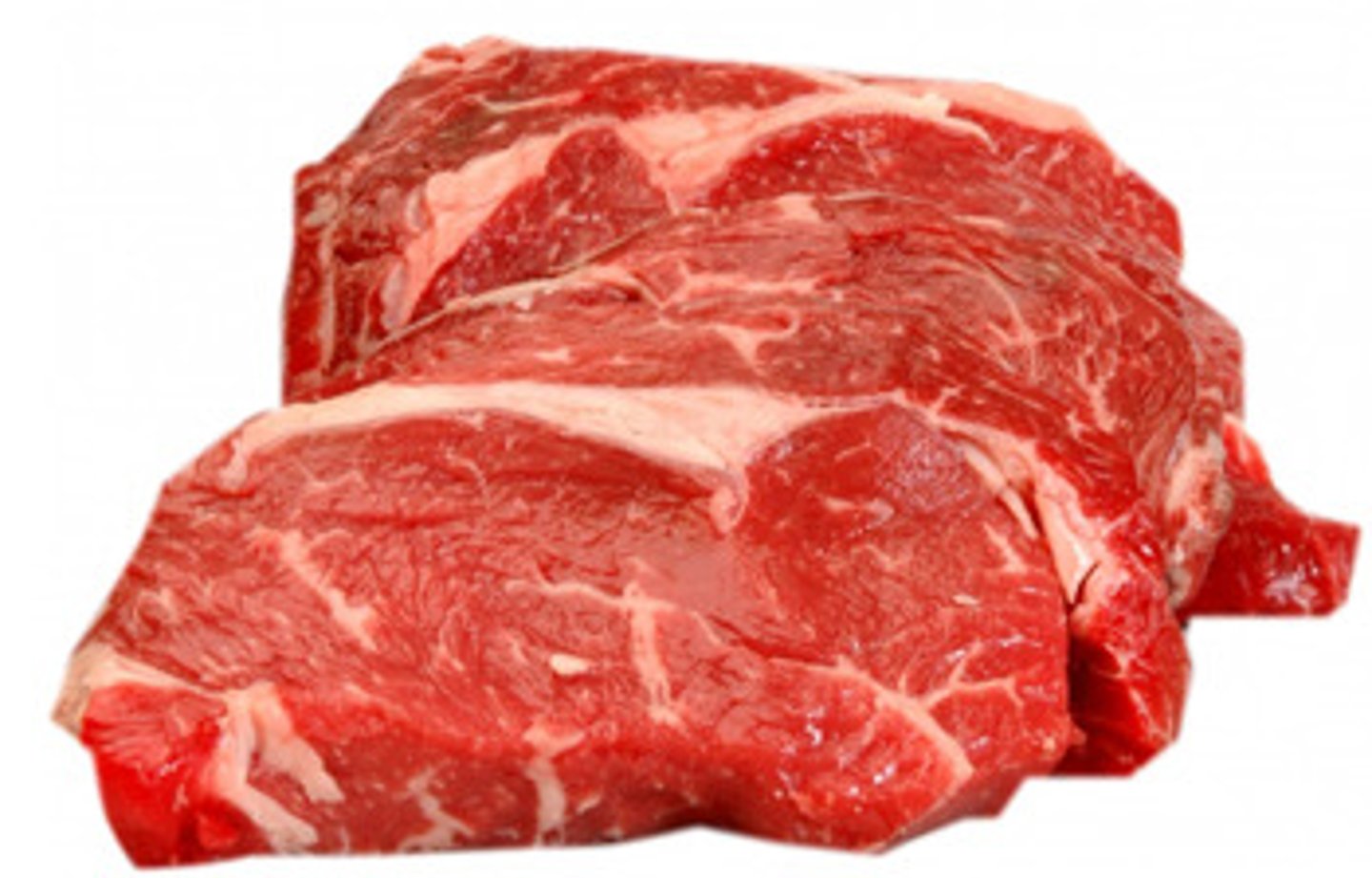
what is the blue chopping board from?
raw fish
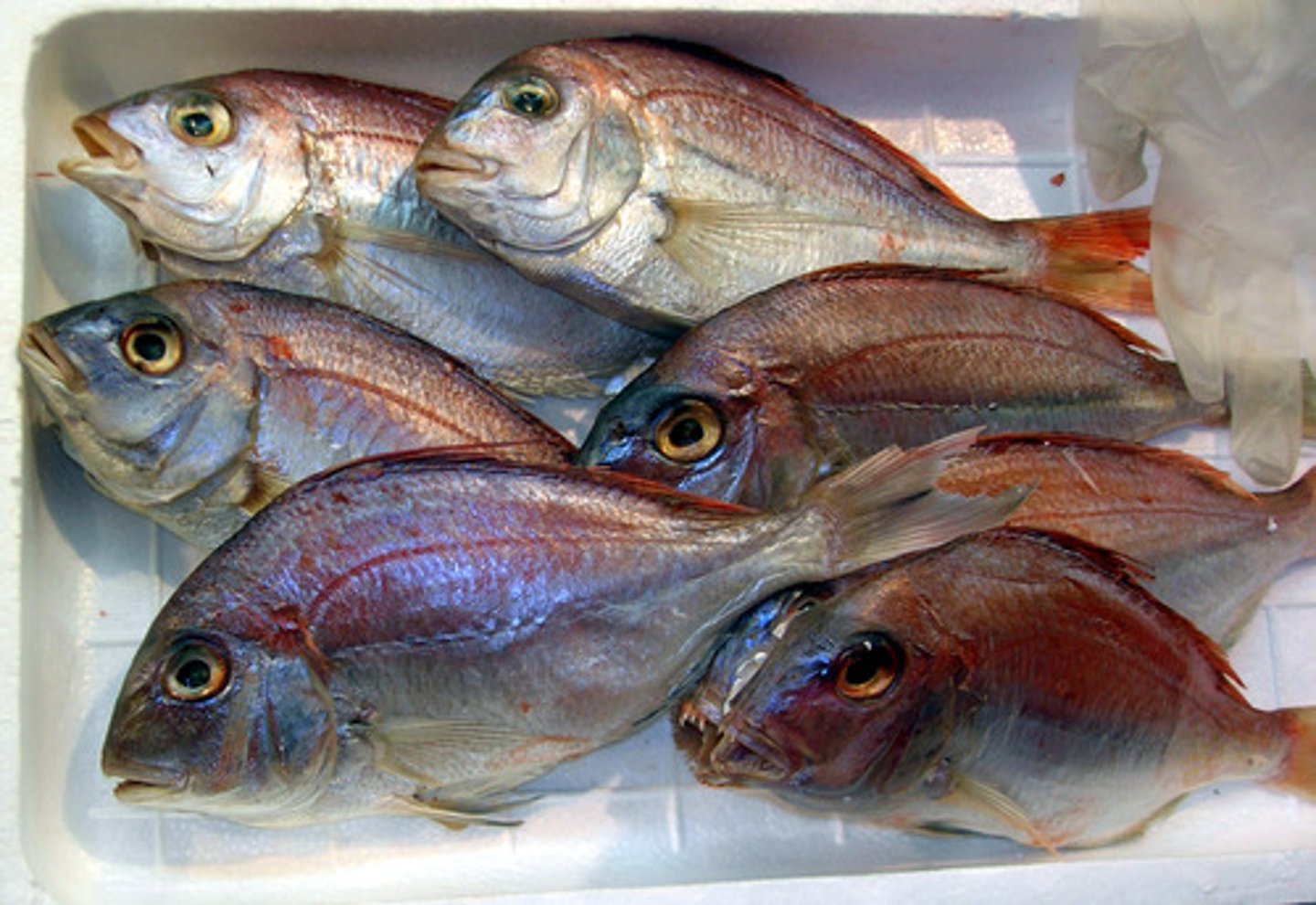
what is the yellow chopping board used for?
cooked meat

what is the brown chopping board used for?
vegetables

what is the green chopping board used for?
salad/fruit
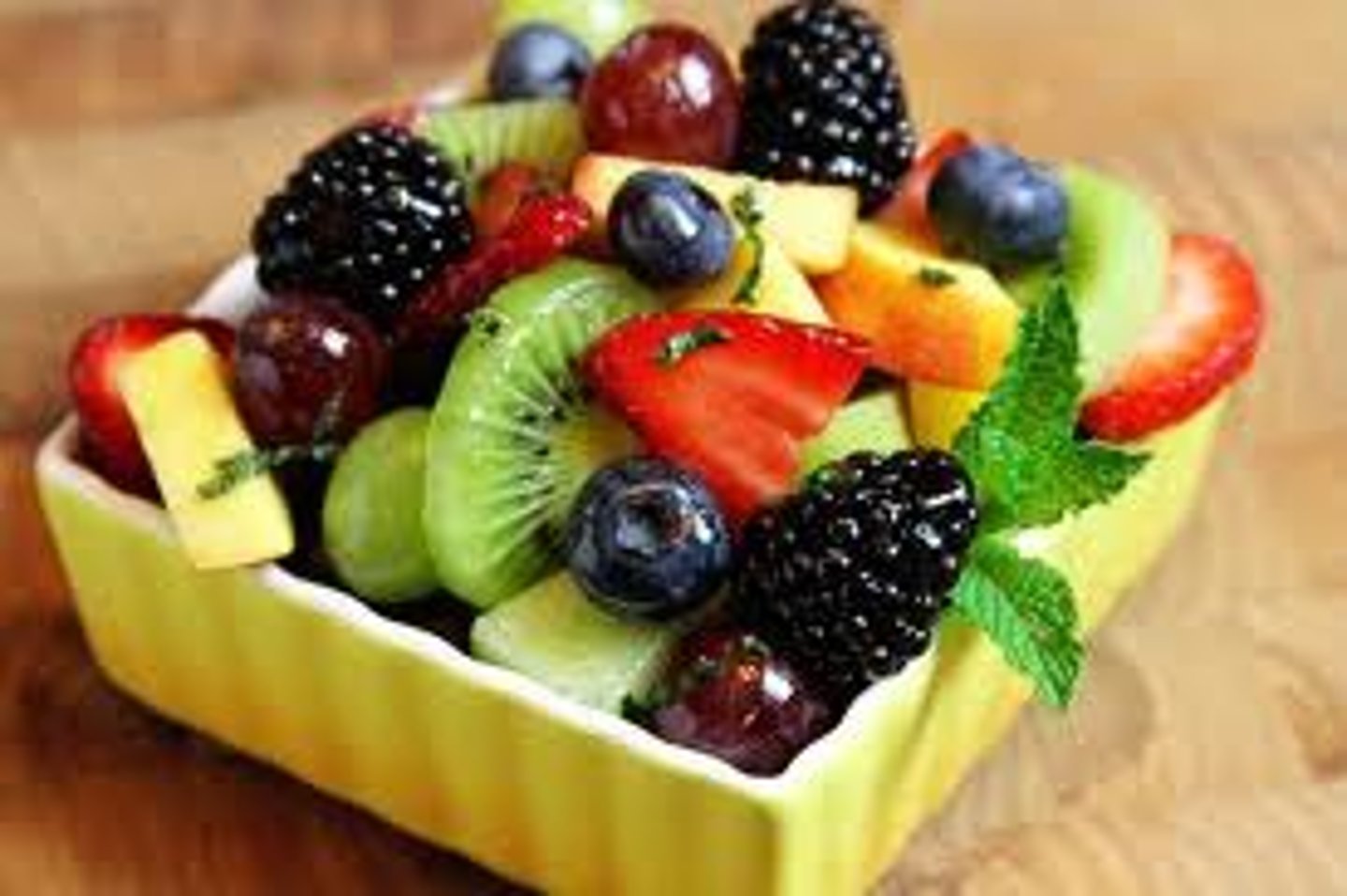
what are the two holds/grips to do when cutting fruits and vegetables?
bridge hold and claw grip

what is a vegetable paring knife used for?
cutting,slicing and shredding vegetables and fruit
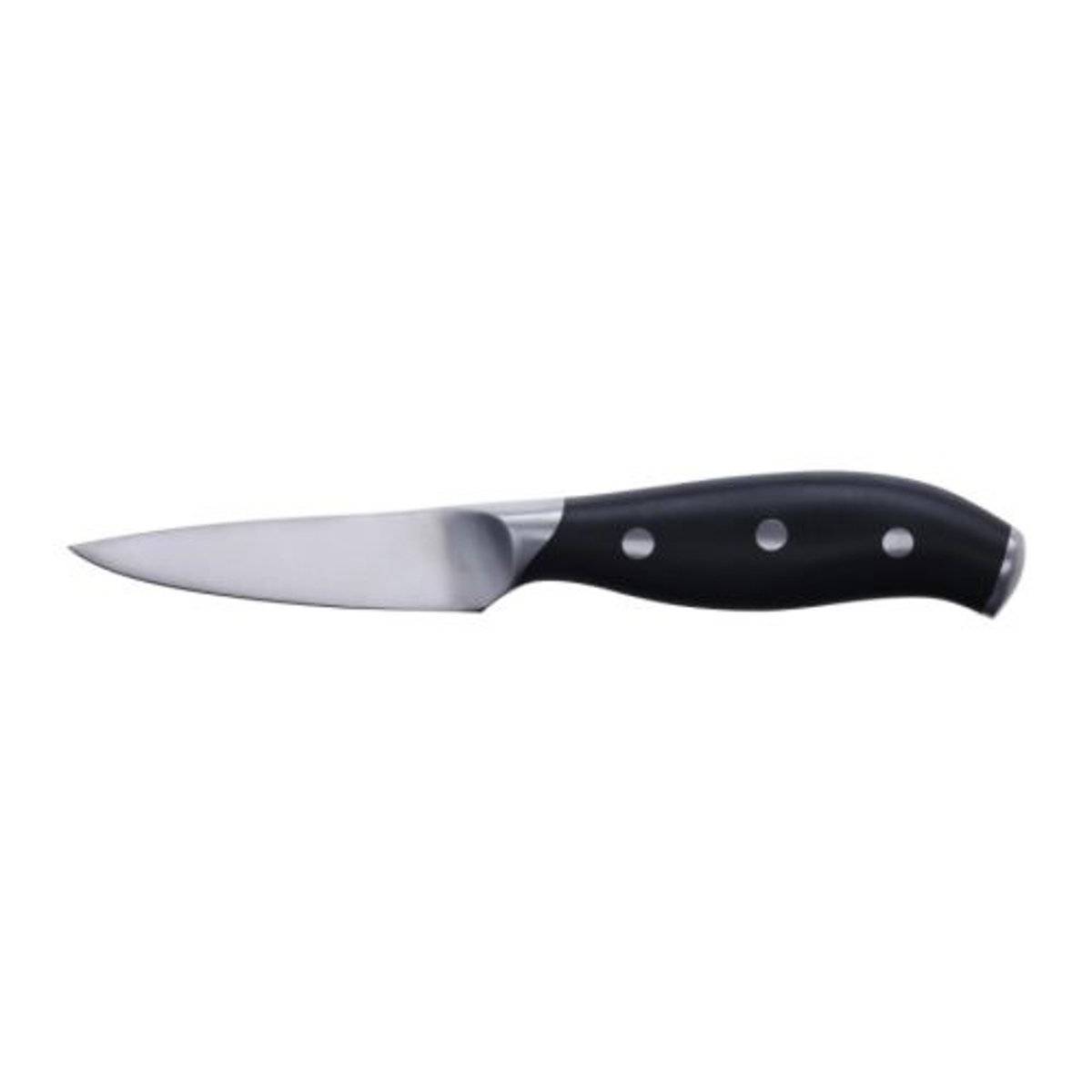
what is a palette knife used for?
lifting foods from trays, turning food over, mixing liquid into mixtures
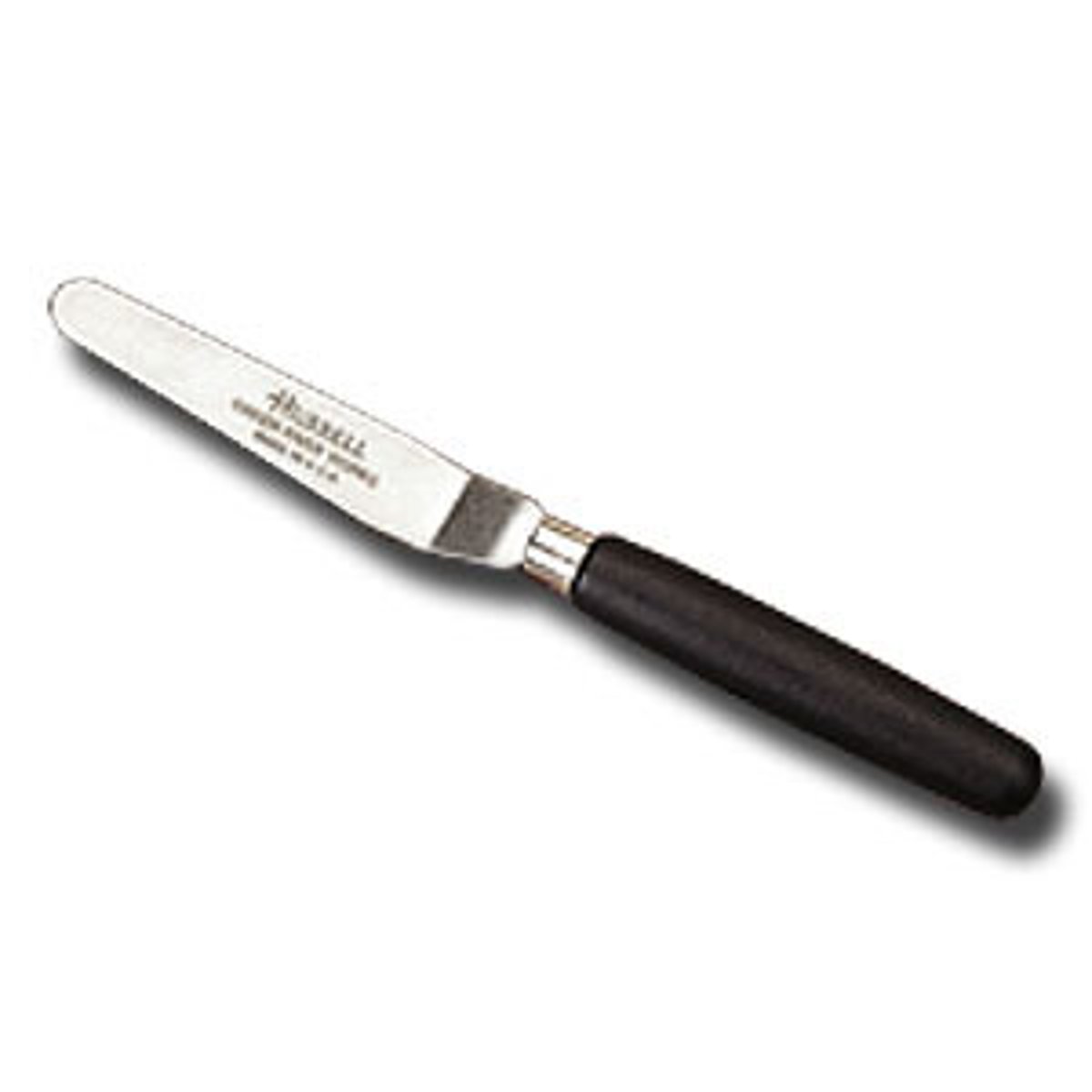
what is a table knife used for?
spreading and mixing liquid into dry mixtures
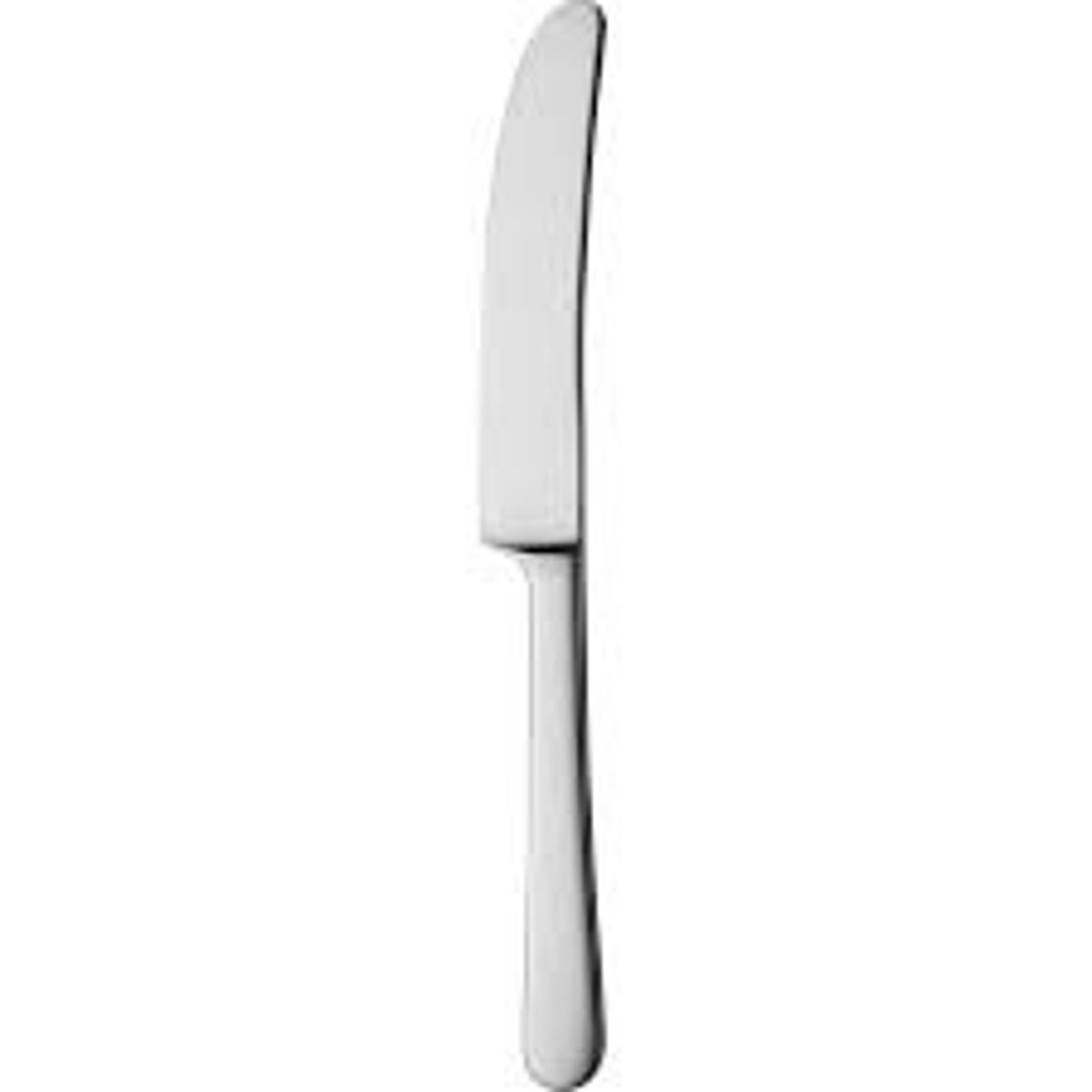
what is a filleting knife used for?
remove flesh from the bones on fish and meat
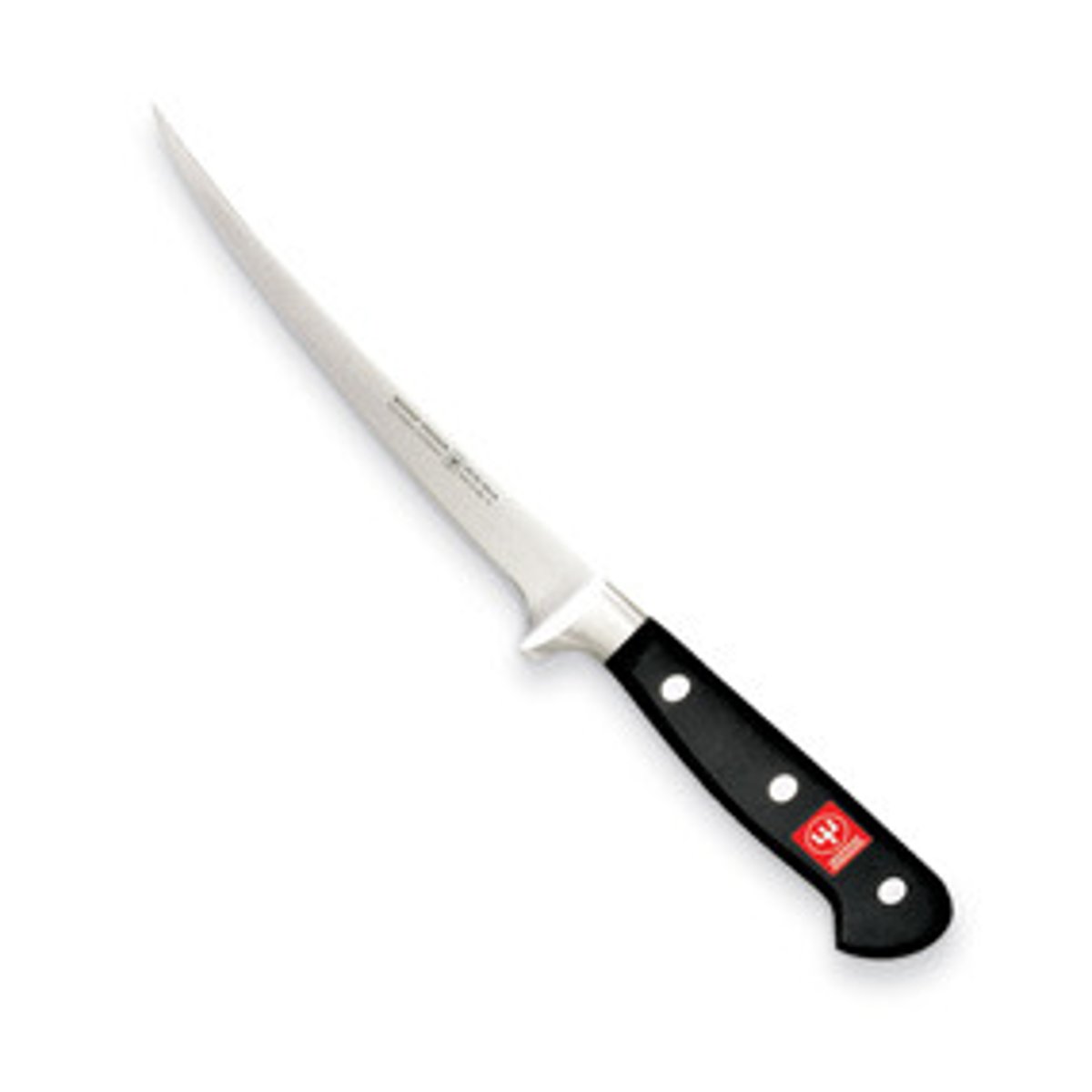
what are serrated-edge carving knives used for?
slicing food (e.g. bread)
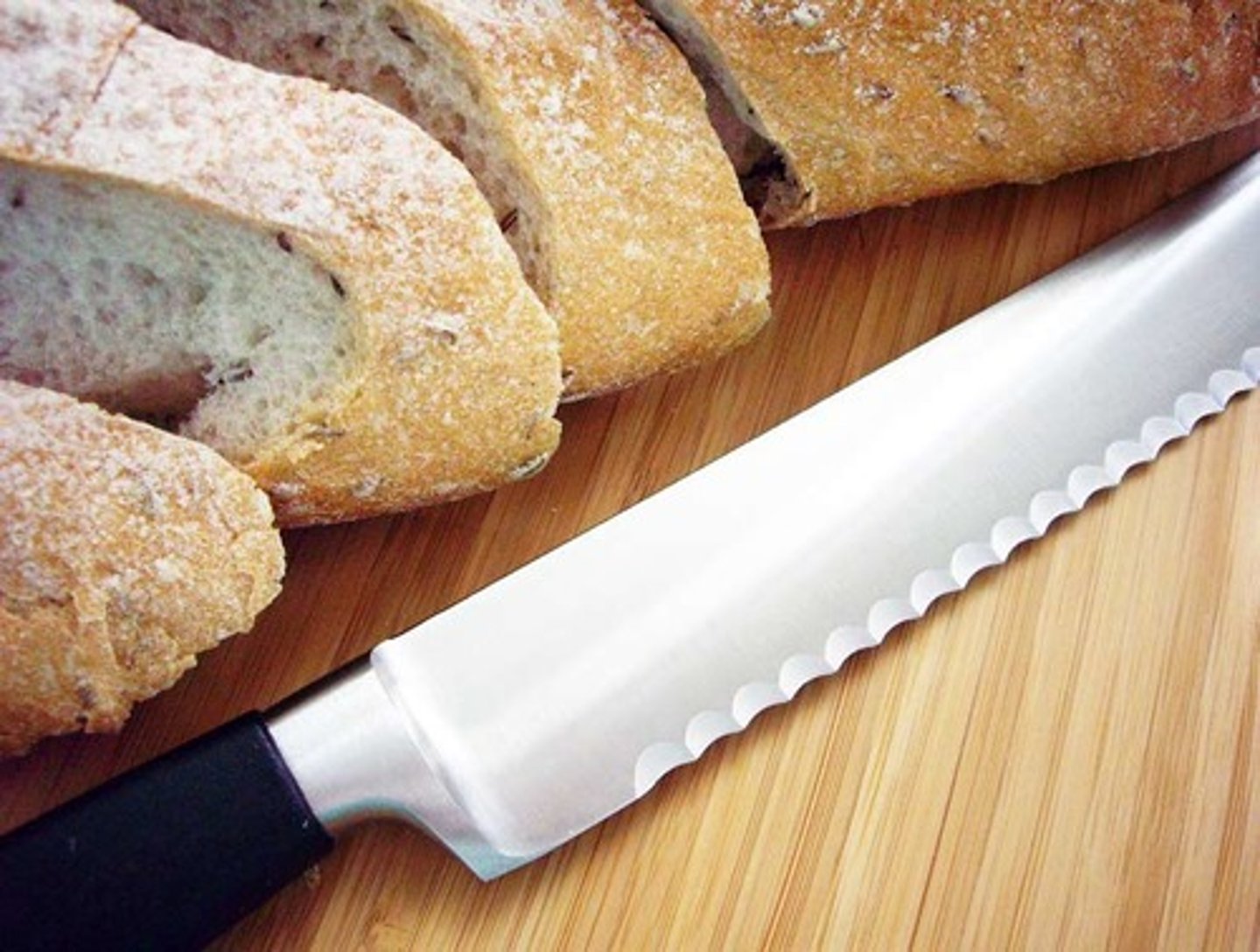
what is a chef's knife used for?
cutting foods (e.g. meat)
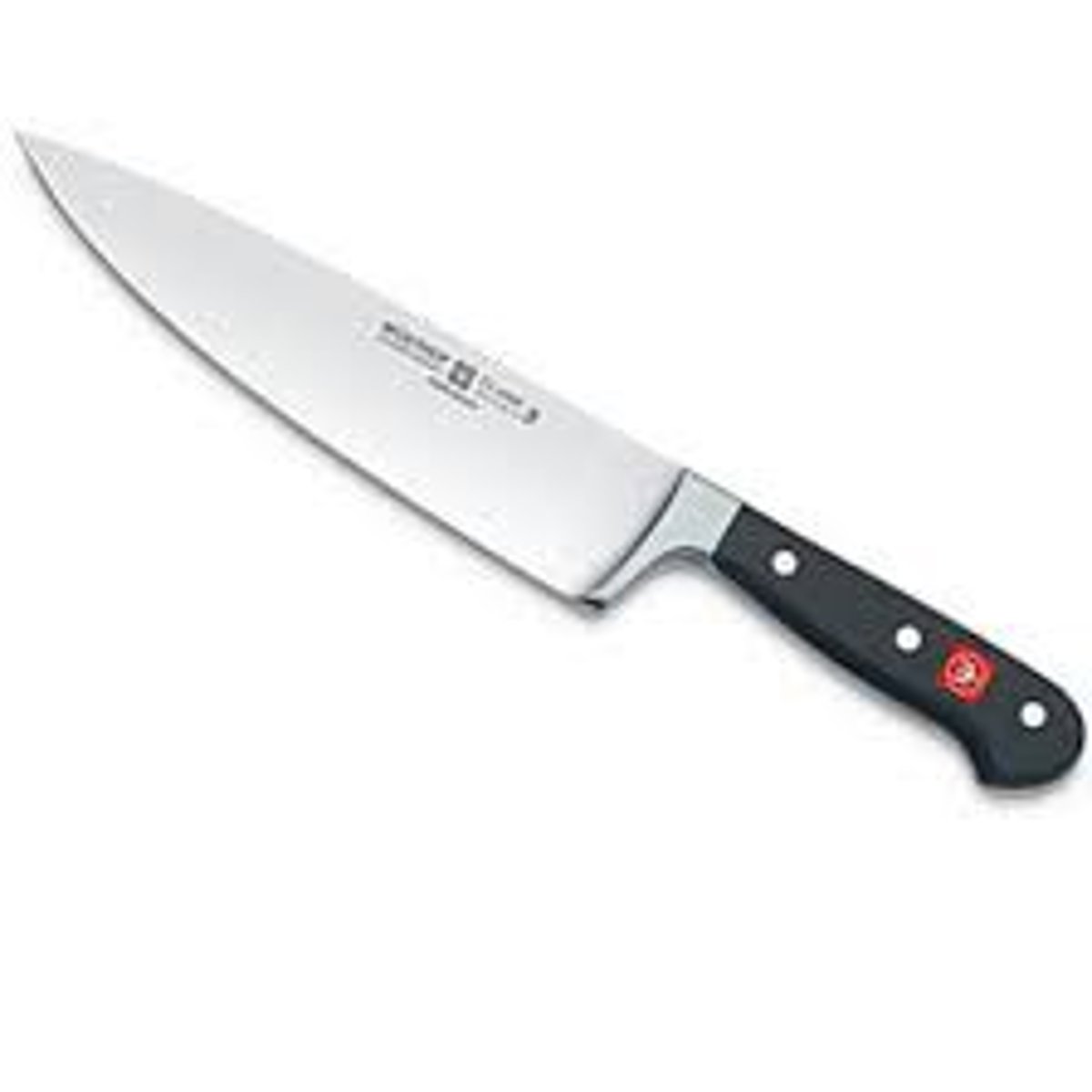
name three types of microorganisms.
yeasts, moulds, bacteria
what is pathogenic bacteria?
harmful bacteria which can cause food poisoning
what conditions do bacteria need to grow and explain each one a bit?
Food: Bacteria require a food source to get energy and nutrients.
Warmth: Bacteria grow best in a warm environment, specifically within the "danger zone," which is between 5C to 63C.
Moisture: Bacteria need water to grow and multiply. They cannot grow in dry conditions.
Time: Under the right conditions, bacteria can multiply rapidly.
Oxygen: Some bacteria, called aerobic bacteria, need oxygen to grow. Others, called anaerobic bacteria, can grow without oxygen.
pH: Bacteria generally prefer a neutral pH.
what is the difference between aerobic bacteria and anaerobic bacteria?
aerobic bacteria needs oxygen to grow but anaerobic bacteria can grow without oxygen.
explain what is meant by the "danger zone"?
The danger zone refers to the range of temperatures where foodborne bacteria can grow most quickly
what conditions are needed for mould to grow?
require oxygen, grow quickly in moist conditions at temperatures of 20-30C.
what conditions are needed for yeast to grow?
active in warm, moist, conditions, does not need oxygen to grow (anaerobic growth)
what are yeasts responsible for?
yeasts are responsible for food spoilage in high-sugar foods such as fruit, jam and fruit yoghurts.
what temperature should a domestic fridge be kept at?
0C to 5C
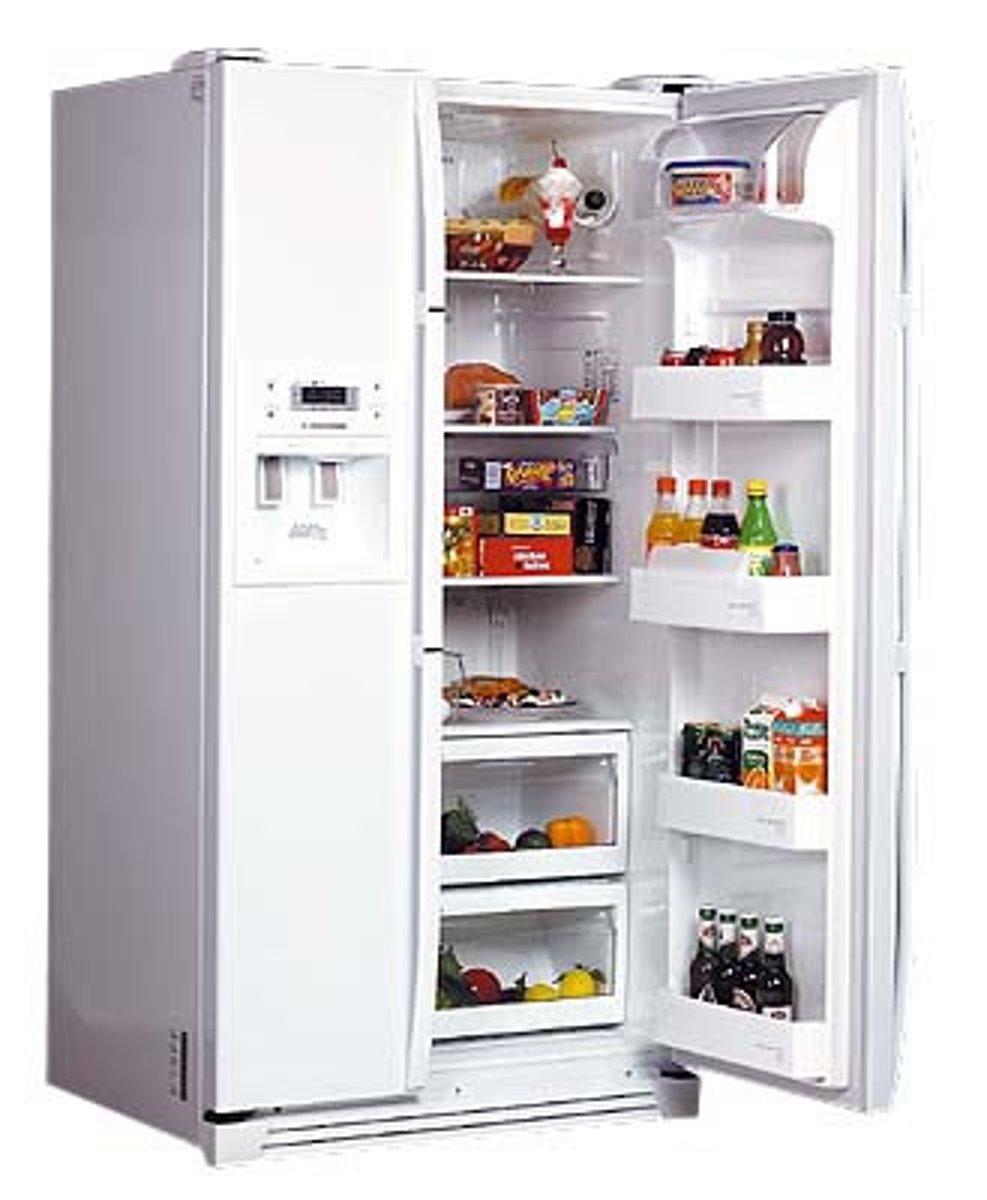
what temperature should a domestic freezer be kept at?
-18C
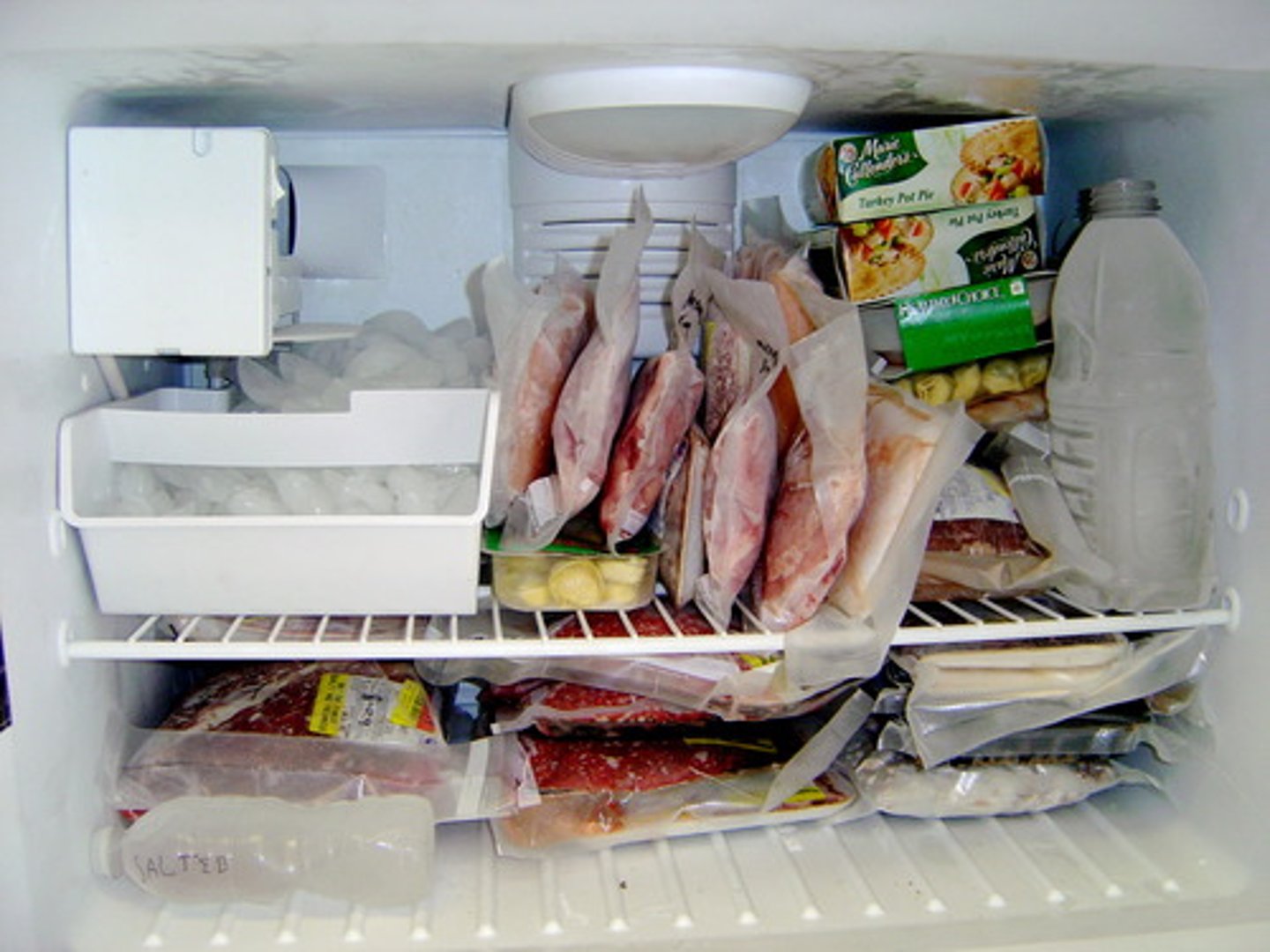
why should raw meat be wrapped and placed at the bottom of the refrigerator?
Wrapping the meat prevents bacteria from spreading to other foods in the refrigerator. Placing it on the bottom shelf ensures that any juices that might leak from the packaging will not drip onto other foods below, thereby preventing cross-contamination.
what foods do not freeze well?
foods that contain a large proportion of water and have a delicate cell structure (e.g. cucumber)
why shouldn't you refreeze food after it has been thawed?
because bacteria grow rapidly in thawed food because the cells have been damaged.
explain what is meant by "freezer burn"?
Freezer burn is the dehydration and oxidation of food that has been improperly stored in the freezer. This dehydration causes the food to develop dry and discolored spots.
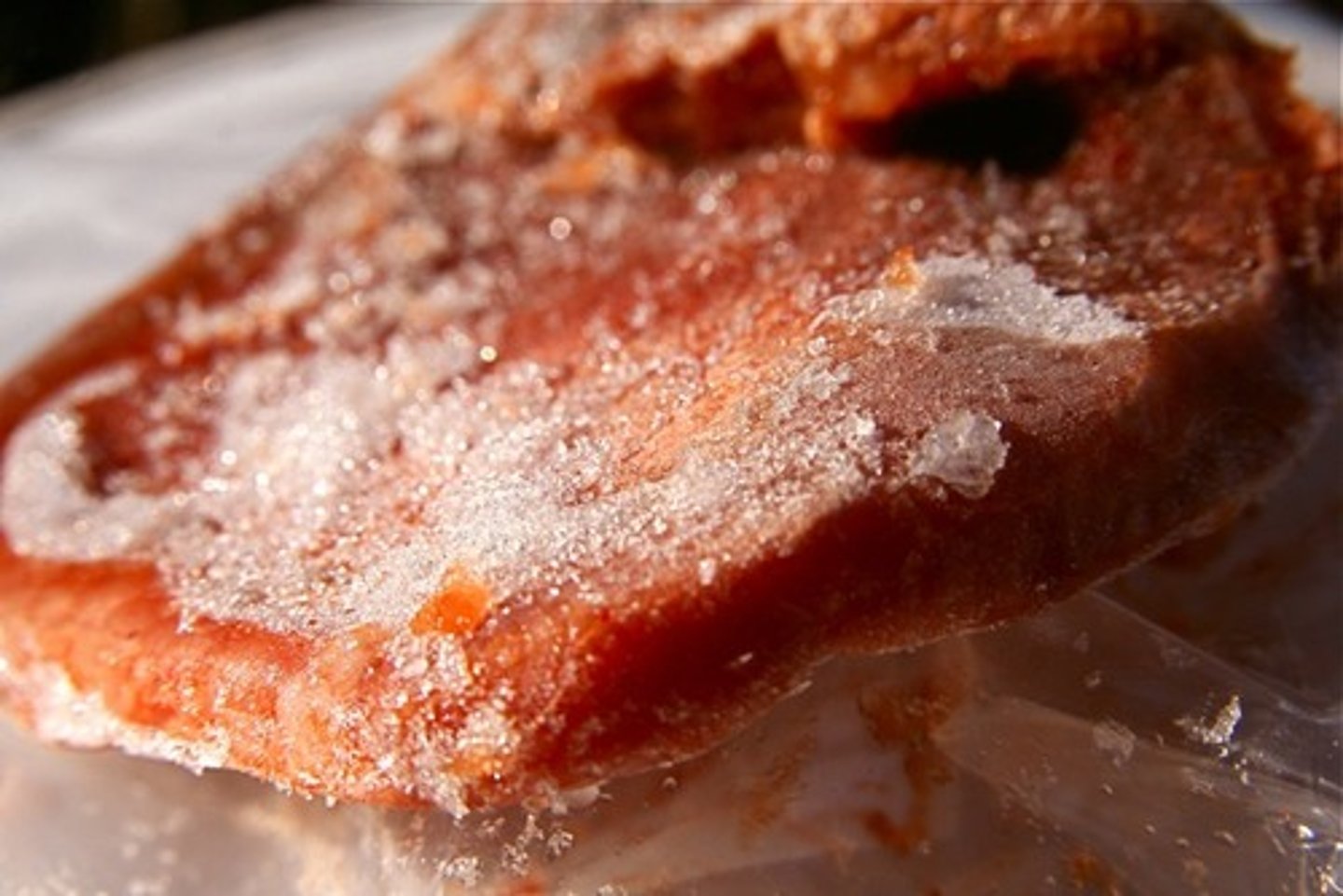
explain what is meant by the term "cross contamination"?
Cross-contamination is what happens when bacteria or other microorganisms are unintentionally transferred from one object to another.
how would you prevent cross contamination? (2) (“you must avoid…”)
you must avoid:
allowing raw and cooked foods to touch each other,
allowing the blood and juices of raw foods to drip onto cooked foods,
what are the causes of food poisoning? (4)
- not thawing foods properly
- undercooking high risk food (chicken)
- not reheating foods to the correct temperature for a long enough time
- leaving food on display at room temperature for longer than 4 hours.
state three reasons why there has been an increase in cases of food poisoning?
- more people are using microwaves often which means that food is not cooked to the correct temperature.
- foods not stored at the correct temperature.
- poor personal hygiene practises..
what are some low risk foods and give example for each?
sugar-based confectionery (sweets), high-acid-content foods (fruit juice), unprocessed raw vegetables (carrots)
what are some high risk foods and give examples for each?
raw fish, cooked rice, dairy products (milk)
explain why food should be cooked to over 70C for two minutes.
Cooking food to 70°C for two minutes is a standard food safety guideline to ensure that harmful bacteria are killed.